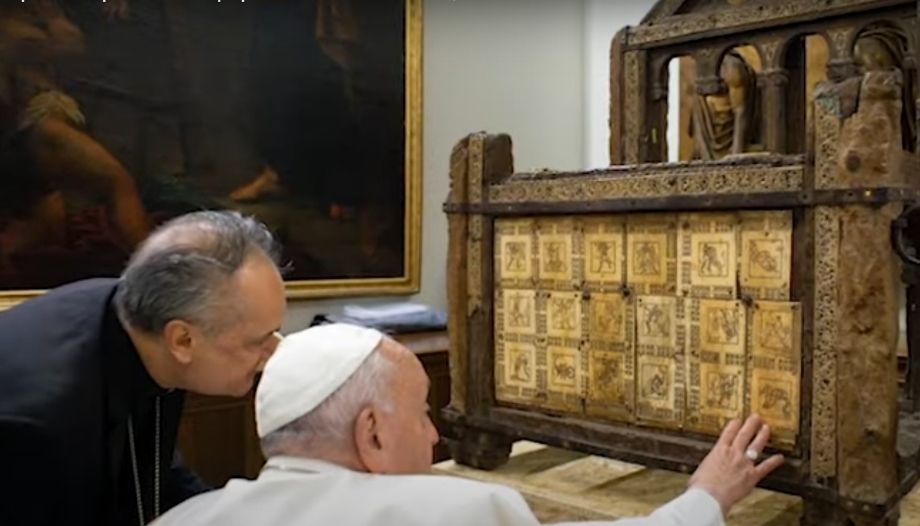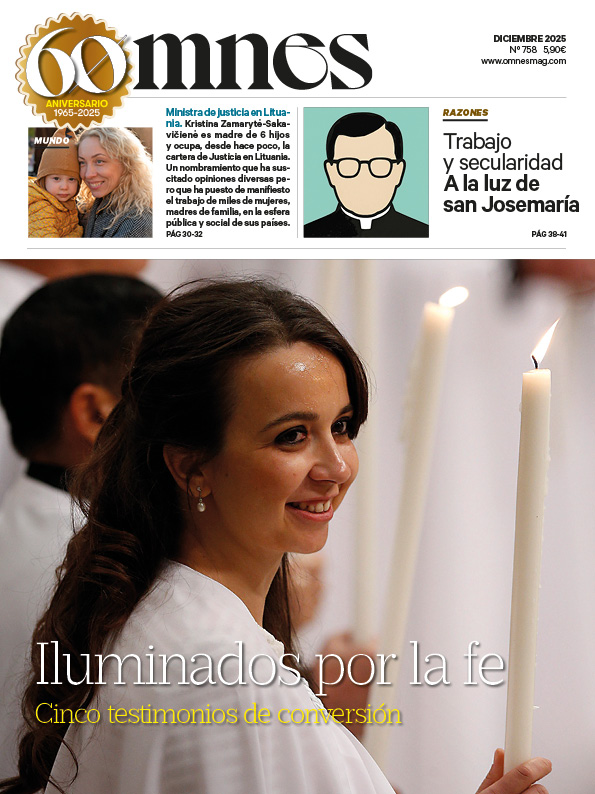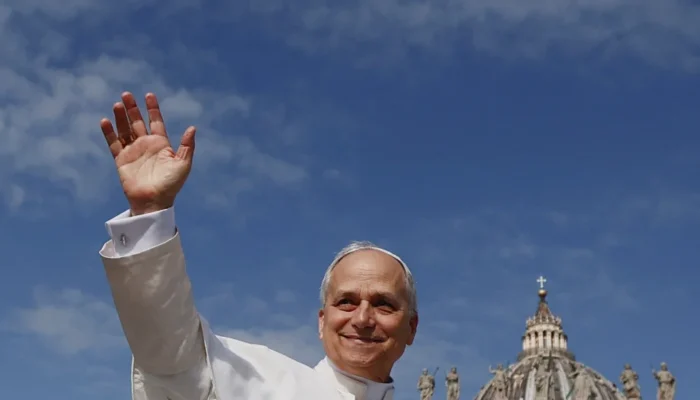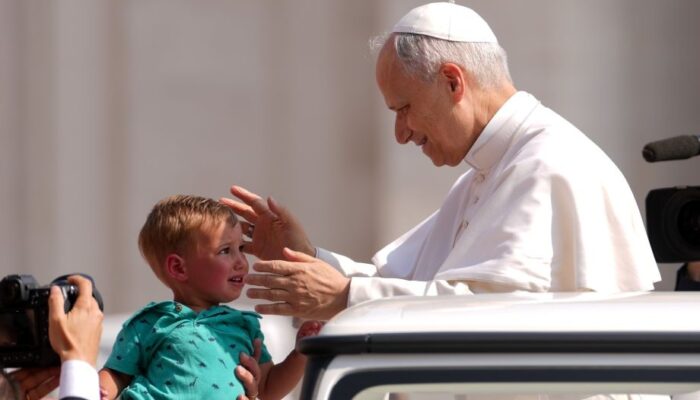Both on today's feast day and on St. Peter and St. Paul's feast day, June 29, the following stand out the primacy of Peter in the group of the apostles, as can be read in the Gospel of St. Matthew ("You are Peter, and on this rock I will build my Church, and the power of hell shall not overthrow it"), and 'its transmission' ("I am Peter, and on this rock I will build my Church, and the power of hell shall not overthrow it"). in the bishop of Rome. Earlier, Peter had confessed the divinity of Jesus: "You are the Messiah, the Son of the living God".
It can be said that the first "headquarters" of the Church was the Upper Room, where Jesus gathered his disciples for the Last Supper and where they received, with the Virgin Mary, the gift of the Holy Spirit. Later, Peter moved to Antioch, evangelized by Barnabas and Paul, where the disciples of Jesus were called "Christians" for the first time.
Rome, seat of the Successor of Peter
Then St. Peter went to Rome, the center of the Empire, where he concluded his life in the service of the Gospel with martyrdom. For this reason, the see of Rome, which had received the greatest honor, was recognized as that of the successor of PeterThe "chair" of their bishop represented that of the Apostle charged by Christ to shepherd all his flock.
The "cathedra", literally, is the fixed seat of the bishop, placed in the mother church of a diocese, which is therefore called "cathedral", and is the symbol of the bishop's authority and of the evangelical teaching which, as successor of the Apostles, he is called to preserve and transmit to the Christian community.
As of the end of October 2024, at the request of Pope Francis, the relic of the St. Peter's Chair (wooden throne) has been exposed to until December 8, the Solemnity of the Immaculate Conception, for the veneration of pilgrims. Then he returned to the great bronze monument, the baldachin by Bernini. The chair was last exhibited 50 years ago.







